ECB Governing Council member Yannis Stournara, a known dove, proposed two rate reductions “before the summer break” and a total of four throughout the year. This strategy, he argues, is essential to ensure that ECB’s monetary policy “does not become too restrictive” in the face of current economic challenges.
In an interview, Stournaras emphasizes the urgency of beginning these rate cuts soon, but not in April, as there will be “only little new information” available before then.
The rationale behind Stournaras’s push for rate cuts stems from his observations on Eurozone’s economy is “much weaker than expected,” with risks skewed to the downside. Meanwhile, inflation, although significantly reduced, presents a balanced risk profile.
Addressing concerns about risk of “wage-price spiral,” Stournaras argued that wages are merely “catching up, not leading inflation.” He also highlights the moderating trend in nominal wage growth and the capacity of profits to absorb part of the pay increases, suggesting that fears of a wage-driven inflationary loop may be overstated.
Looking ahead, Stournaras envisions the deposit rate gradually decreasing to 2% by the end of 2025 or the beginning of 2026. However, he draws a line at this level, suggesting that rates should not fall below the pre-pandemic levels of 2%.




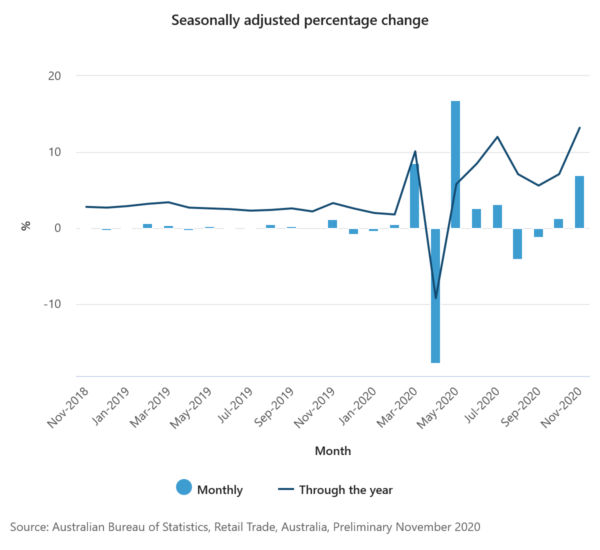
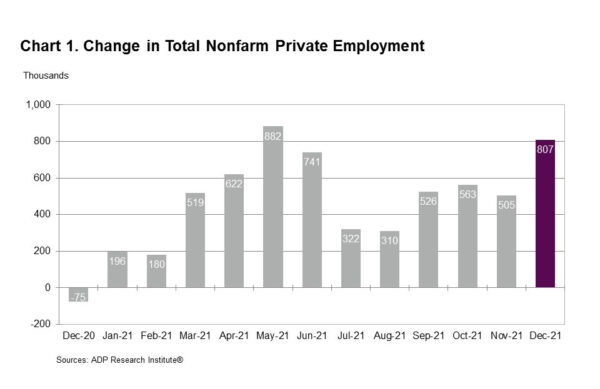
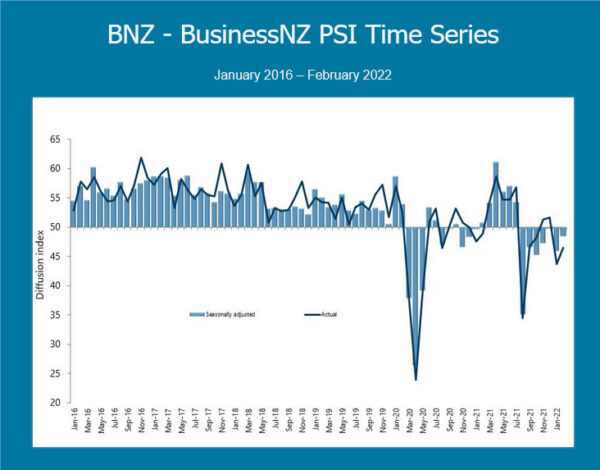
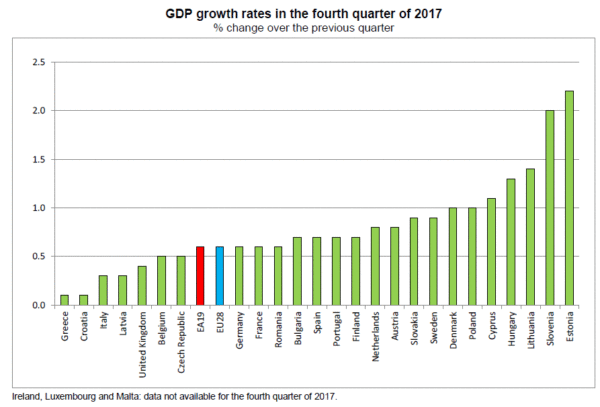
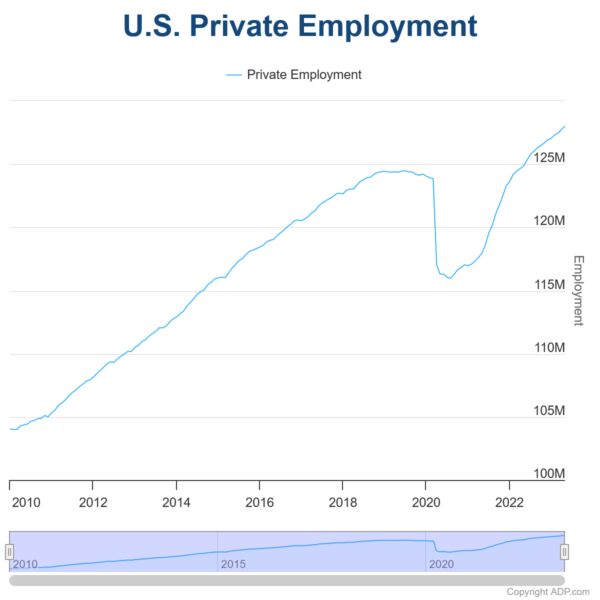
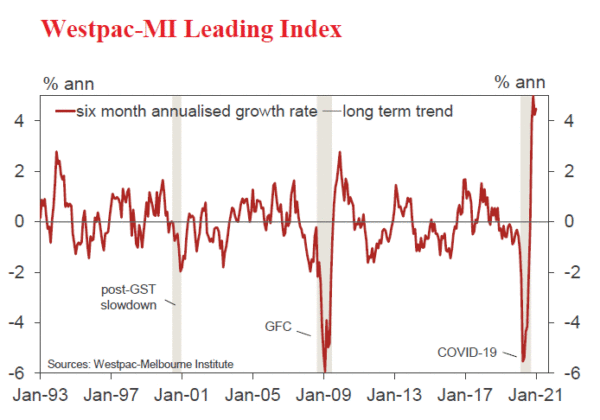
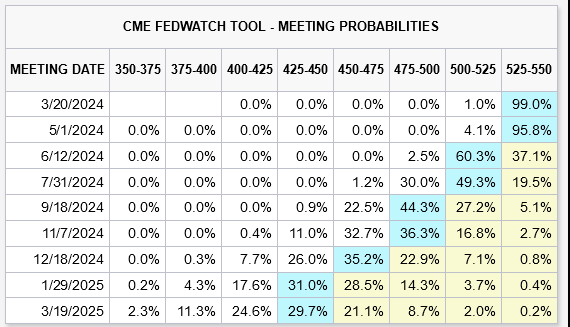
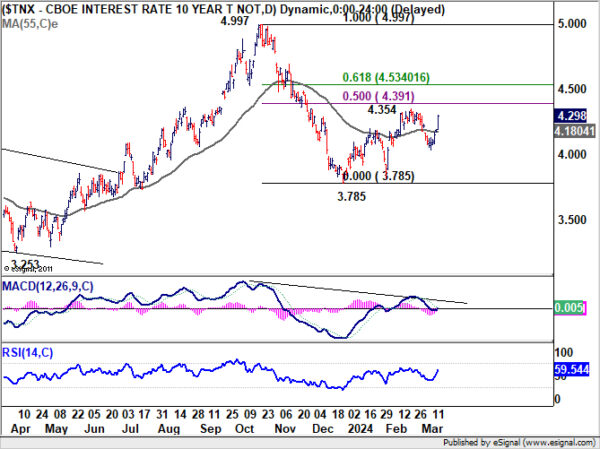
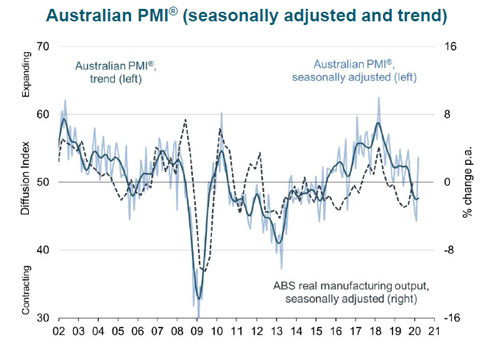
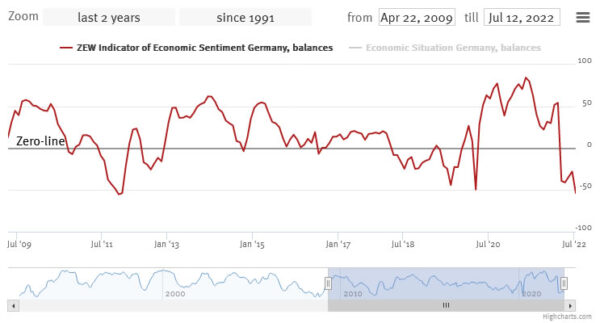
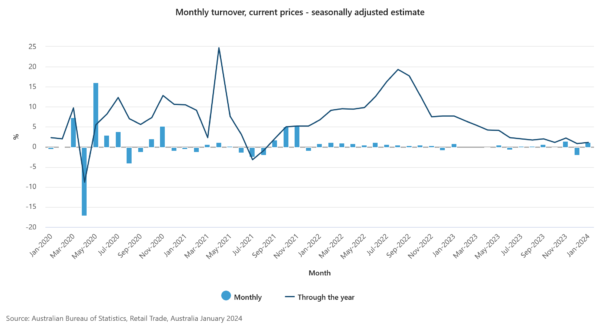

New Zealand’s trade deficit narrows to NZD -1.2B, led by decreased trade with china
New Zealand’s goods trade deficit narrowed from NZD 1.7B to NZD 1.2B in November, aligning largely with market expectations. Exports fell by NZD 337m, representing -5.3% yoy decline, settling at NZD 6.0B. Meanwhile, imports saw a more substantial reduction of NZD 1.3B, -15% yoy decrease, totaling NZD 7.2B.
A key factor in these changes is reduced trade volume with China, which led contraction in both imports and exports. Exports to China decreased by NZD 183m, -9.7% yoy fall. Imports from China also saw a substantial reduction of NZD 347m, marking -17% yoy decrease.
Other key trading partners also showed varied trends. Exports to Australia and EU declined by NZD 35m (-4.5% yoy) and NZD 27m (-9.1% yoy), respectively. Conversely, exports to US increased by NZD 110m, a significant 18% yoy rise. Exports to Japan experienced a sharp decline of NZD 99m, -27% yoy drop.
In the realm of imports, alongside China, EU, Australia, US, and South Korea all registered declines. Imports from the EU decreased by NZD 164m (-14% yoy), from Australia by NZD 219m (-23% yoy), from the US by NZD 68m (-11% yoy), and from South Korea by NZD 231m (-32% yoy).
Full NZ goods trade balance release here.